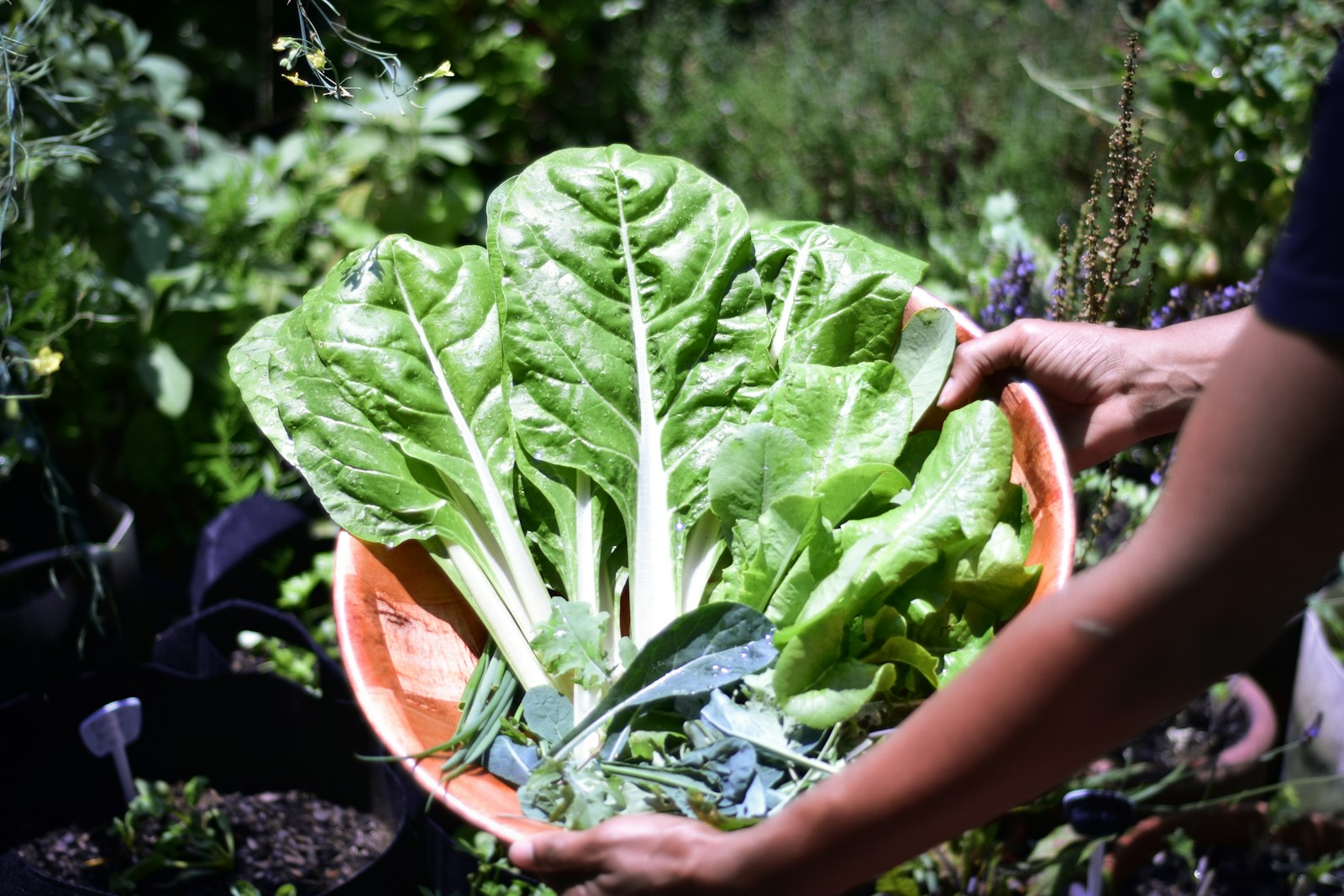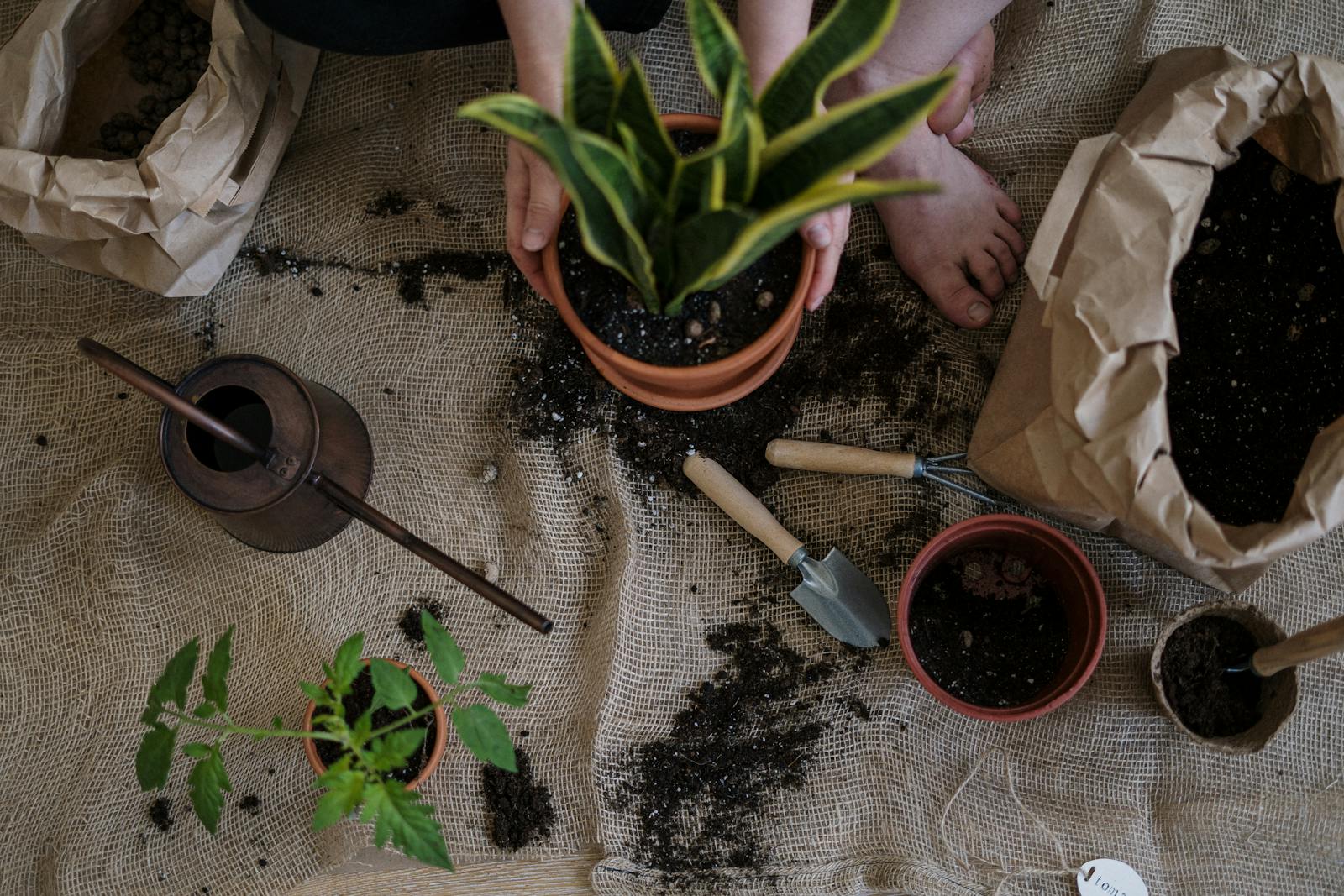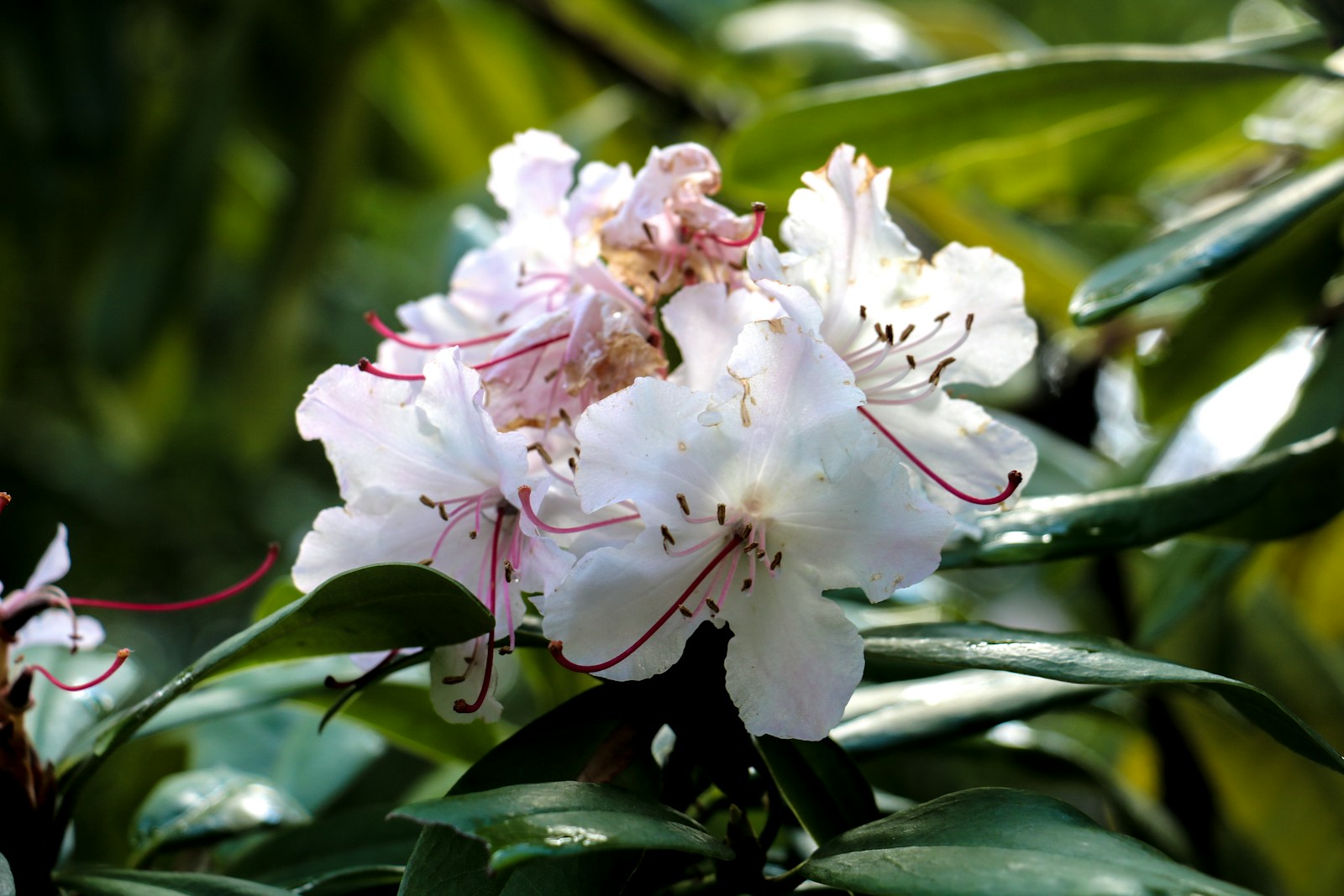Container Gardening for Patios and Balconies
Embracing Container Gardening for Patios and Balconies
Container gardening for patios and balconies offers a flexible and efficient way to cultivate plants in limited spaces. Whether you’re in an urban apartment or have a compact outdoor area, containers allow you to grow a variety of plants, from ornamental flowers to edible herbs and vegetables.
This gardening method not only maximizes space but also provides control over soil quality and drainage. With the right selection of containers and plants, you can transform your patio or balcony into a vibrant garden oasis.
Moreover, container gardening is ideal for those who wish to experiment with different plant combinations and designs, making it a creative and rewarding endeavor.
Choosing the Right Containers
Selecting appropriate containers is crucial for the success of your garden. Consider factors such as size, material, and drainage. Larger containers retain moisture better and reduce the frequency of watering, while materials like plastic and fiberglass are lightweight and suitable for balconies.
Ensure that each container has adequate drainage holes to prevent waterlogging. Additionally, using saucers can help protect your patio or balcony surface from excess moisture.
For aesthetic appeal, choose containers that complement your outdoor decor. Mixing and matching different styles and sizes can add visual interest to your garden setup.
Optimal Plant Selection for Small Spaces
When space is limited, selecting plants that thrive in containers and have compact growth habits is essential. Herbs like basil, thyme, and parsley are excellent choices, as are vegetables such as cherry tomatoes and lettuce.
For ornamental appeal, consider flowering plants like petunias, marigolds, and pansies. These not only add color but also attract pollinators, enhancing the ecological value of your garden.
It’s important to group plants with similar light and water requirements together to ensure they flourish in the shared environment.
Soil and Fertilization Strategies
Using high-quality potting mix is vital for container gardening. Unlike garden soil, potting mix is designed to provide proper aeration and drainage, which are critical for healthy root development.
Regular fertilization compensates for the limited nutrients in containers. Incorporate a balanced, slow-release fertilizer at planting time, and supplement with liquid feeds during the growing season as needed.
Monitoring your plants for signs of nutrient deficiencies, such as yellowing leaves or stunted growth, can help you adjust your fertilization regimen accordingly.
Watering Techniques for Container Gardens
Containers tend to dry out more quickly than in-ground gardens, making consistent watering essential. Check soil moisture regularly, and water when the top inch feels dry to the touch.
Watering in the early morning or late evening reduces evaporation and allows plants to absorb moisture effectively. Using self-watering containers or drip irrigation systems can also help maintain consistent soil moisture levels.
Be mindful of overwatering, which can lead to root rot. Ensuring proper drainage and avoiding water accumulation at the base of containers will help prevent this issue.
Maximizing Vertical Space
Vertical gardening is a smart strategy for small patios and balconies. Use wall-mounted planters, hanging baskets, or stackable pots to grow more in less ground space. Vertical structures can support trailing plants, herbs, or compact vegetables.
Install trellises or shelves to create a tiered planting system. This not only saves space but adds height and texture to your garden, creating a lush, layered look.
Vertical setups also improve airflow around plants, reducing the risk of disease and encouraging healthier growth in tight spaces.
Creating a Functional Garden Layout
A well-planned layout makes your garden both attractive and easy to maintain. Arrange containers to allow easy access for watering, pruning, and harvesting. Use corner spaces and railings to your advantage for optimal plant placement.
Group plants by their sunlight needs—sun-loving species closer to the edge, shade-tolerant ones further in. Consider using movable containers with wheels for flexible positioning throughout the season.
Good layout boosts efficiency, reduces maintenance hassle, and enhances the visual harmony of your patio or balcony garden.
Design Tips for Style and Cohesion
Container gardens can be both practical and beautiful. Use cohesive color schemes or matching pots to unify the look. Contrast foliage textures and flower forms for visual interest.
Incorporate decorative elements like lanterns, garden statues, or trellis art to enhance ambiance. Use containers of varying heights and shapes to create rhythm and balance across the space.
With thoughtful styling, your garden becomes a relaxing outdoor room that reflects your personal taste and creativity.
Adapting to Seasonal Changes
Containers allow you to update your garden with the seasons. Start with pansies and tulips in spring, transition to geraniums and peppers in summer, then switch to mums or ornamental kale in fall.
This rotation keeps your garden colorful and relevant throughout the year. Use evergreen shrubs or hardy perennials to provide structure during winter, especially in mild climates.
Refreshing containers seasonally keeps the space engaging and gives you continuous opportunities to explore new plants and styles.
Light and Temperature Considerations
Balconies and patios often have unique microclimates. South-facing areas may get intense heat, while northern exposures might be shady and cool. Choose plants that match the available light and adjust placement as needed.
Containers heat up quickly in direct sun, which can stress roots. Use light-colored pots to reflect heat and provide shade with umbrellas or fabric screens when necessary.
Monitoring conditions regularly allows you to respond quickly to environmental changes, keeping your container garden healthy and thriving.
Dealing with Wind and Exposure
Patios and balconies can be more exposed to wind than ground-level gardens. Wind dries out soil quickly, damages plants, and topples lightweight containers. Choose sturdy pots and place heavier ones on the floor for stability.
Use windbreaks like railing planters, bamboo screens, or strategically placed furniture to shield your garden. Plants with flexible stems, such as ornamental grasses or trailing vines, often fare better in breezy conditions.
By accounting for wind exposure early, you’ll avoid common setbacks and create a more resilient, enjoyable space for your plants.
Supporting Edible Gardening in Containers
Growing food in containers is not only possible—it’s productive and satisfying. Tomatoes, peppers, lettuces, strawberries, and herbs all do well in pots when given the right conditions and care.
Use deep containers for root crops and tall vegetables, and ensure adequate spacing to avoid overcrowding. Fertilize more often than you would in the ground, as nutrients deplete faster in containers.
With careful planning and regular upkeep, even a small patio can supply fresh ingredients for your kitchen all season long.
Encouraging Pollinators in a Container Garden
Even in small spaces, you can support pollinators by planting nectar-rich flowers and herbs. Bees, butterflies, and hummingbirds will visit balconies and patios if you provide the right blooms and avoid chemical sprays.
Include lavender, calendula, zinnias, and thyme for both beauty and ecological benefit. A small dish of water or a bee hotel can further invite wildlife into your garden.
These simple additions promote biodiversity and enhance the natural vitality of your container garden space.
Maintaining Plant Health in Compact Spaces
With limited room, it’s essential to keep plants healthy and productive. Monitor for pests and diseases regularly, and remove any affected leaves promptly. Use natural treatments like neem oil or insecticidal soap when needed.
Rotate plants if they begin to look stressed, and replace underperformers with hardier alternatives. Clean containers between planting cycles to prevent disease spread.
Regular attention ensures your garden stays beautiful and thriving, no matter how small the space may be.
Celebrating the Joy of Compact Gardening
Container gardening on patios and balconies proves that you don’t need a yard to enjoy the benefits of greenery. It brings color, fragrance, and even food within arm’s reach, transforming overlooked spaces into vibrant, living environments.
Whether you’re working with a dozen pots or just a few, each container adds beauty and purpose to your outdoor world. The key is creativity, consistency, and care.
With the right approach, your patio or balcony can bloom into a lush and inspiring retreat every season of the year.
Frequently Asked Questions
What are the best plants for container gardening on balconies?
Top choices include herbs (basil, parsley, thyme), compact vegetables (cherry tomatoes, lettuce), and flowers like petunias, marigolds, and pansies. Choose plants based on your available sunlight and space.
How do I prevent containers from drying out too quickly?
Use larger pots that hold more moisture, apply mulch on top of the soil, and water early or late in the day. Self-watering containers or drip irrigation can also help maintain consistent moisture levels.
Can I grow vegetables in a small container garden?
Yes! Many vegetables thrive in containers, especially if you use the right soil, provide enough sun, and fertilize regularly. Start with easy crops like leafy greens, peppers, and herbs.
How often should I fertilize container plants?
Container plants often need feeding every 2–4 weeks during the growing season. Use a balanced liquid fertilizer or slow-release granules, depending on your plants and schedule.
What’s the best way to deal with limited sunlight?
Choose shade-tolerant plants such as impatiens, begonias, or ferns. Consider using reflective surfaces to increase light or rearranging your layout seasonally to maximize exposure.
© 2025 GardeningandDecor.com. All rights reserved.



